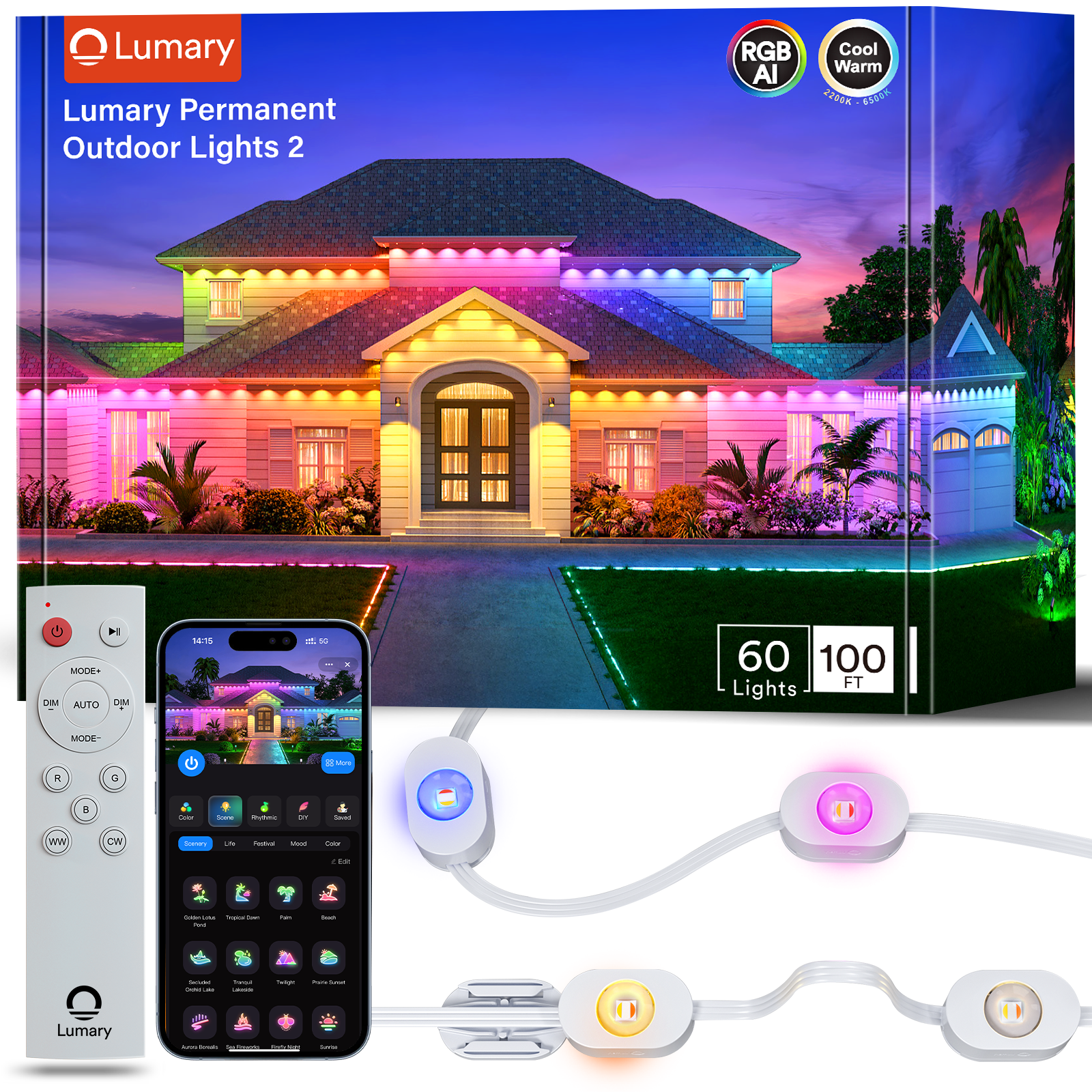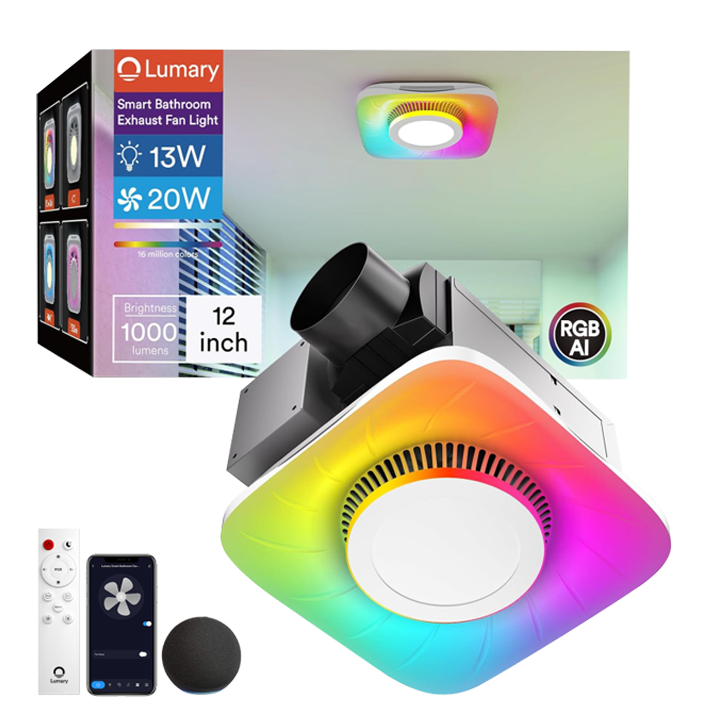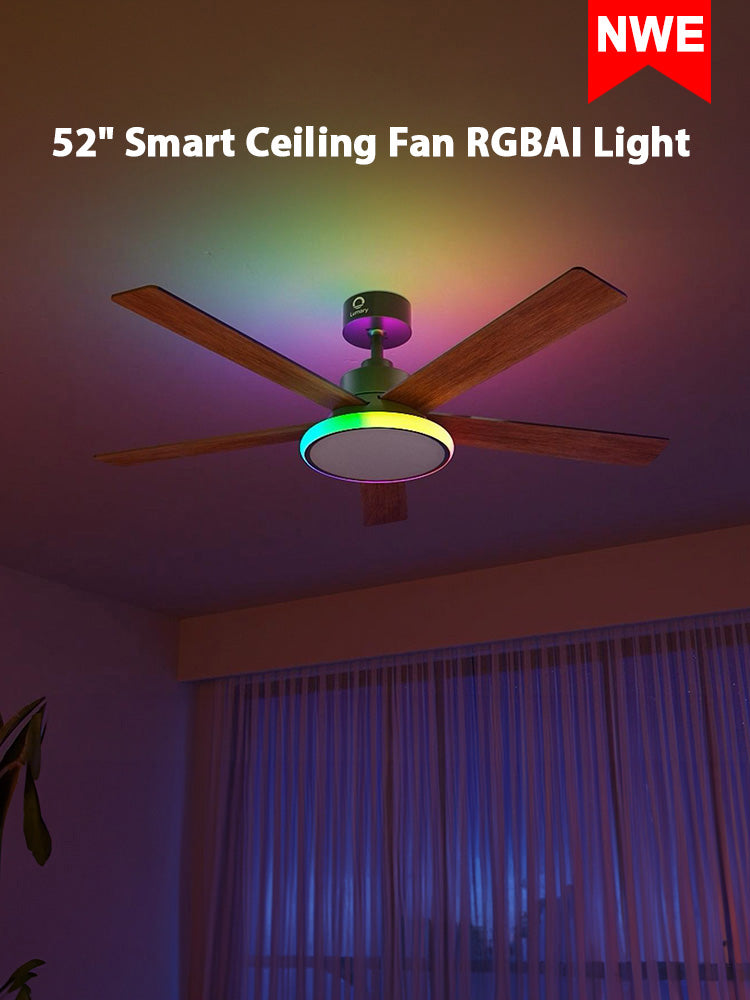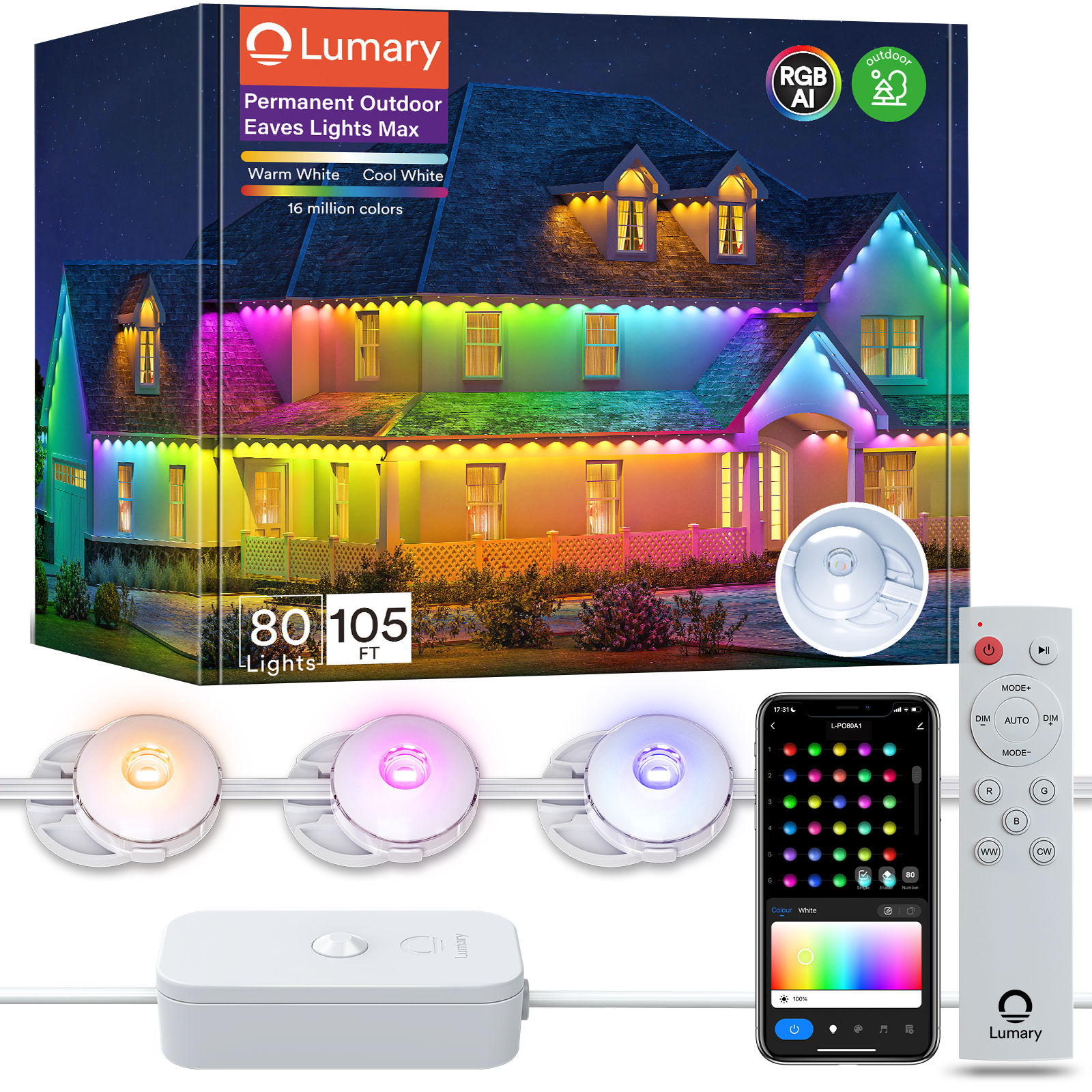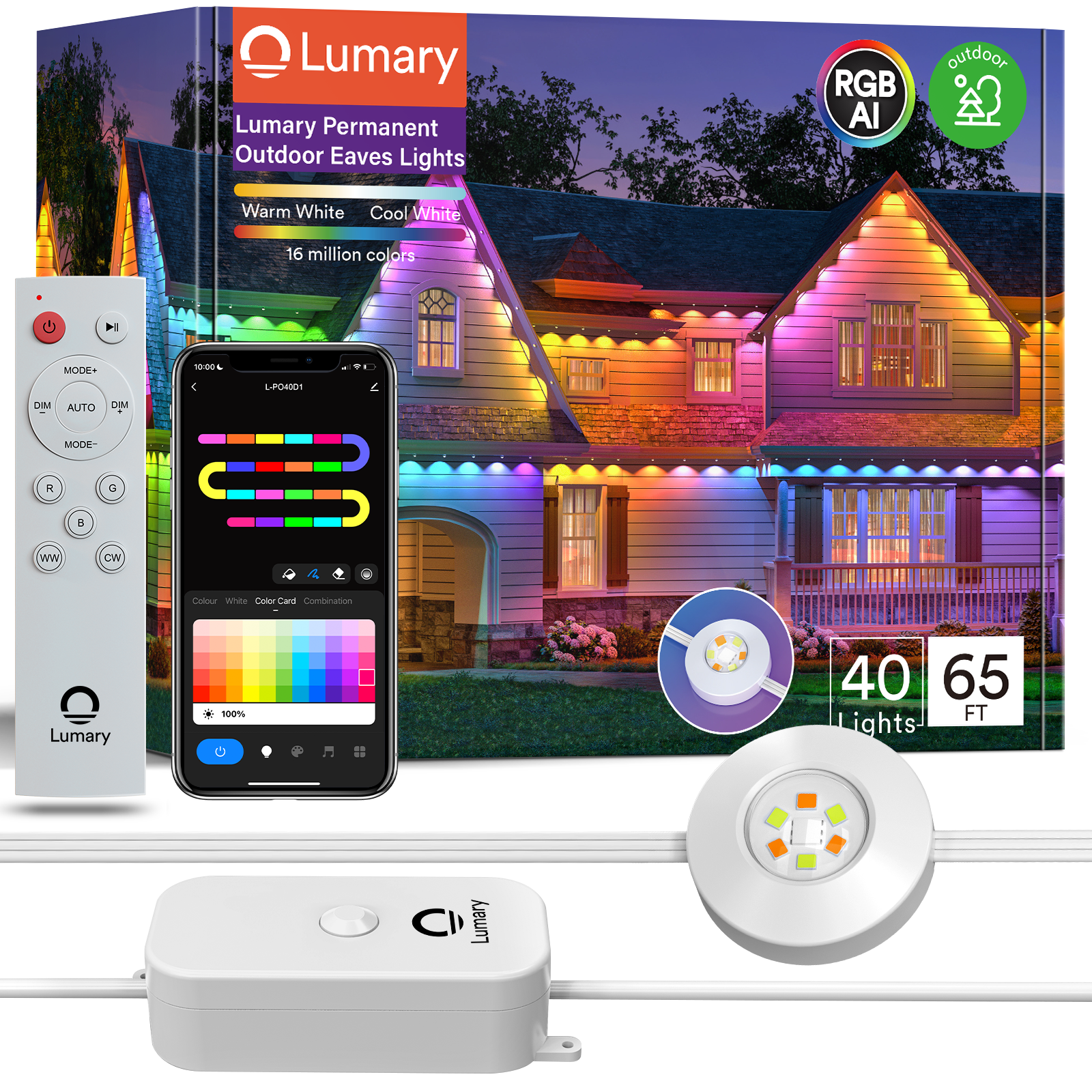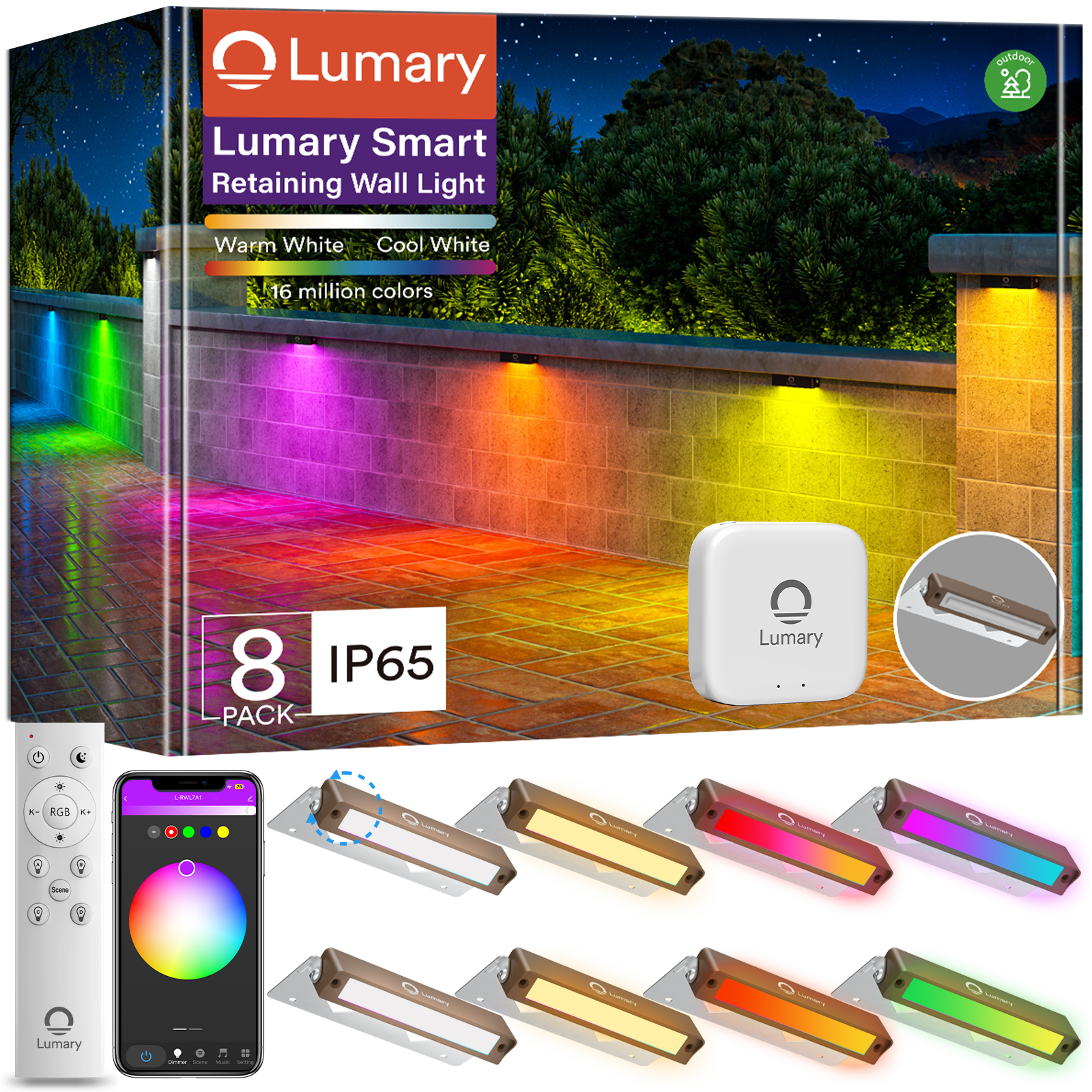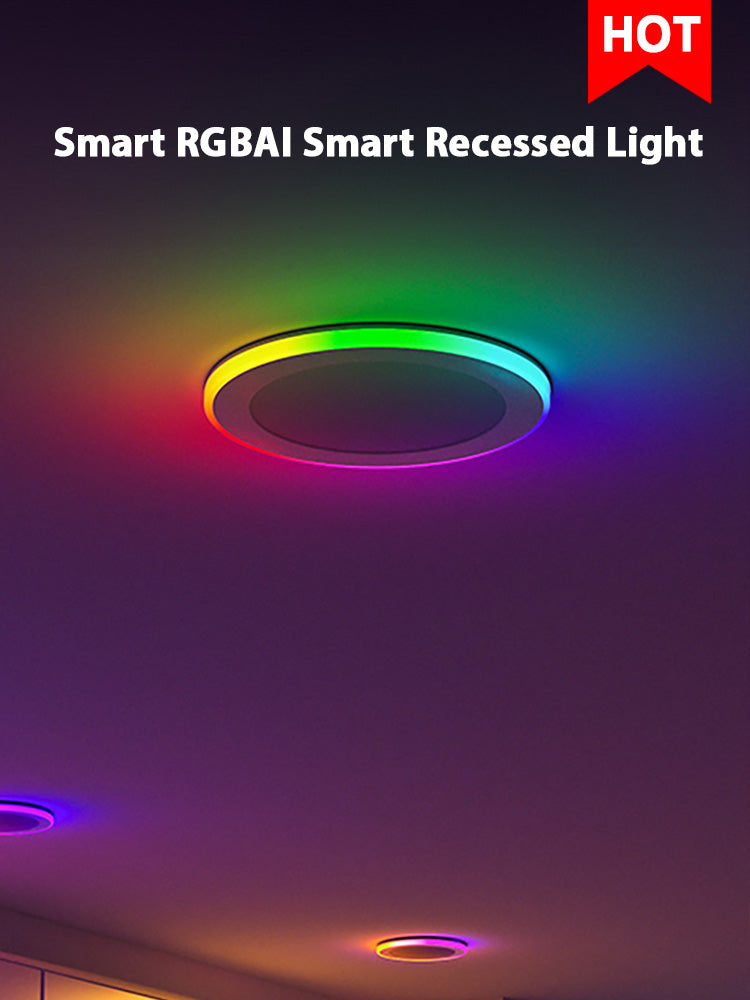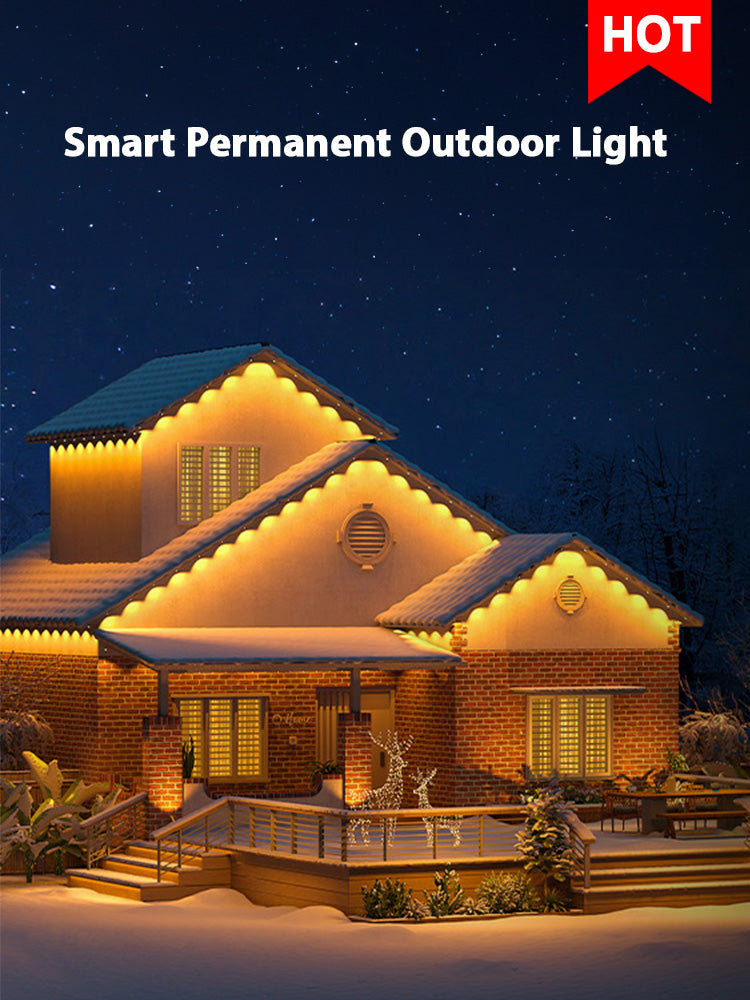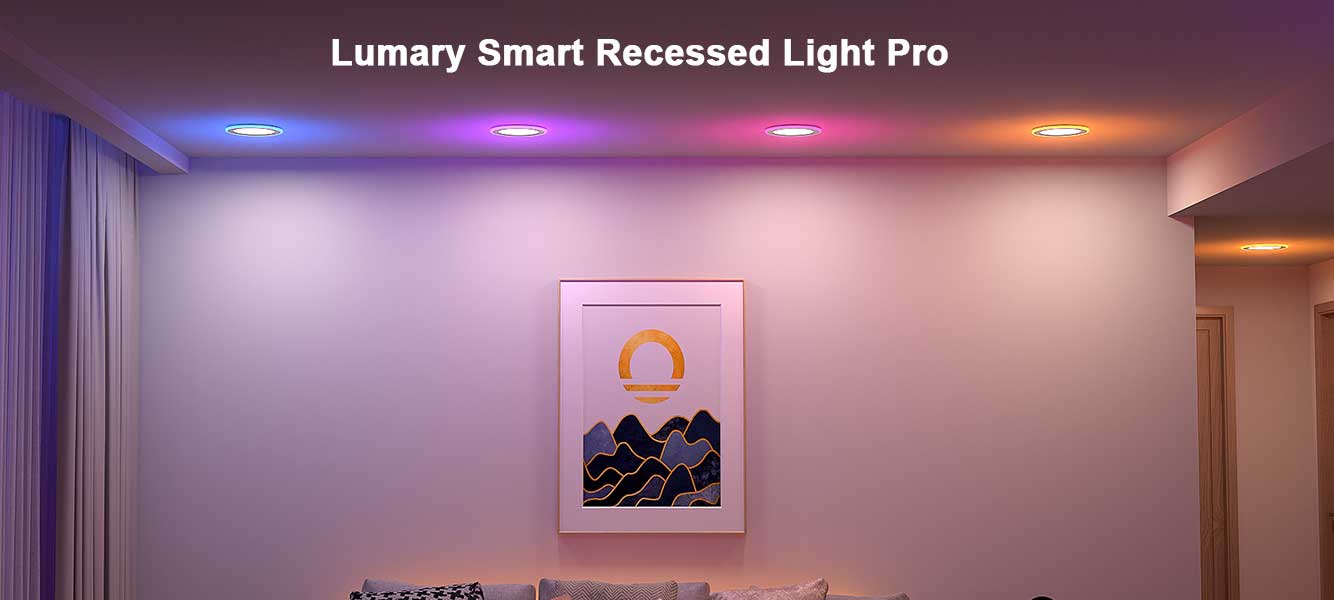Recessed lighting has changed how people light their homes. These lights fit into the ceiling and look neat and modern. Many families pick recessed light bulbs because they make rooms brighter and do not use up space. Over time, recessed lighting went from using simple incandescent bulbs to newer choices that give more control and save energy. Today, people want upgrades that make lights work better, look nicer, and are easier to control. If you look at lighting trends, you will see these numbers:
|
Lighting Type |
Percentage of U.S. Households |
|---|---|
|
LED bulbs |
47% |
|
Compact fluorescent bulbs |
12% |
|
Incandescent or halogen bulbs |
15% |
There are more than 500 million recessed downlights in U.S. homes. Picking the right recessed light bulbs is important. Good recessed lighting can make rooms feel better, help save energy, and set the right mood for any place.

Key Takeaways
-
LED recessed light bulbs use less energy and last longer. They are a smart pick for any room. Smart recessed lighting lets you change brightness and color easily. This helps you set the right mood every time. Pick the right bulb type for each room’s use. Bright, focused lights are good for kitchens. Soft, warm lights are better for bedrooms and living rooms. Canless recessed lights are simple to put in. They fit in thin ceilings and save time and money. Using LED or smart recessed lighting cuts energy bills. It means fewer bulb changes and makes your home look and feel better.

Types of Recessed Light Bulbs
Modern homes use different types of recessed light bulbs. Each type has its own good points and fits certain needs. Knowing about these types helps people pick the best one for their home.
Incandescent Bulbs
Incandescent bulbs are the oldest kind used in recessed lighting. They make light by heating a metal wire until it shines. Many people like them because they give a warm, soft light. But they use more energy and do not last as long as newer bulbs.
|
Bulb Type |
Typical Lifespan (hours) |
|---|---|
|
Incandescent |
About 750 to 2,000 |
Most incandescent bulbs need to be changed often. They also get hot and can make a room warmer.
Halogen Bulbs
Halogen bulbs are like incandescent bulbs but use halogen gas. This makes them brighter and last longer. They give off a clear, white light that is good for tasks. Halogen bulbs last longer than incandescent bulbs and use less energy.
|
Bulb Type |
Typical Lifespan (hours) |
|---|---|
|
Halogen |
Around 2,000 to 4,000 |
Halogen recessed lights work well in kitchens and bathrooms. These places need bright, focused light.
Fluorescent Bulbs
Fluorescent bulbs, like compact fluorescent lamps, use a gas tube and a special coating to make light. They need a ballast to work. Fluorescent bulbs use less energy and last much longer than incandescent or halogen bulbs.
|
Bulb Type |
Typical Lifespan (hours) |
|---|---|
|
CFL Screw-based |
8,000 to 10,000 |
|
CFL Plug-in |
10,000 to 20,000 |
|
Fluorescent |
24,000 to 36,000 |
Fluorescent bulbs have a little mercury inside. It is important to handle and throw them away safely.
LED Recessed Light Bulbs
LED recessed light bulbs use light-emitting diodes to make light. This new technology changed recessed lighting. LEDs save a lot of energy and last a long time. They use up to 80% less energy than incandescent bulbs. For example, a 10-watt LED can be as bright as a 60-watt incandescent bulb. This helps lower electric bills and means you change bulbs less often.
|
Bulb Type |
Typical Lifespan (hours) |
|---|---|
|
LED |
40,000 to 50,000 |
LED recessed lights stay cool and do not have mercury. People can pick from many color temperatures, from warm to cool white, to fit any room.
Tip: LED bulbs handle heat better and last longer, so they are a smart pick for long use.
Smart Recessed Lighting
Smart recessed lighting adds cool features to homes. These lights use Wi-Fi or Bluetooth to connect to phones and smart home helpers. People can change brightness, color, and set timers with an app or by talking.
Some key features of smart recessed light bulbs are:
-
Easy to put in with thin, canless designs that fit most ceilings.
-
Brightness can go from 1% to 100% and color temperature can change from warm to cool white.
-
You can pick from millions of colors for any mood or event.
-
Scene modes for things like reading, relaxing, or parties.
-
Music sync mode lets lights change color with music or games.
-
Group control lets you manage many lights in different rooms at once.
-
High color rendering shows true colors in every space.
-
Long life, often up to 25,000 hours or more.
Smart recessed lighting lets families make custom scenes, set timers, and share control. These features help match lights to daily life and special times.
Smart recessed lighting mixes LED technology with easy controls. People get energy savings, flexible style, and lighting that fits their needs.

Efficiency & Design
Energy Efficiency
Recessed lighting helps people save energy at home. Different bulbs use different amounts of power. Incandescent bulbs use the most energy. LED bulbs use much less energy. For example, an incandescent bulb uses 60 watts. An LED bulb with the same brightness uses only 8 to 12 watts. This big difference helps families save money every year. The table below shows how much energy and money you can save by using LED bulbs instead of incandescent ones.
|
Metric |
Incandescent Bulb |
LED Bulb |
Difference (Savings) |
|---|---|---|---|
|
Annual Energy Consumption |
108 kWh |
18 kWh |
90 kWh |
|
Annual Energy Cost |
$14.04 |
$2.34 |
$11.70 |
|
Savings per Bulb per Year |
N/A |
N/A |
$11.70 |
|
Number of Bulbs (Typical) |
20 |
20 |
N/A |
|
Total Annual Savings (20 bulbs) |
N/A |
N/A |
$234 |
Switching to LED recessed lighting lowers energy bills. It also means you do not have to change bulbs as often.
Lighting Quality
Lighting quality is important in every room. The Color Rendering Index (CRI) tells how well a light shows colors. A higher CRI means colors look more real and natural. Most LED recessed lights have a CRI of 80 or higher. This is good for daily use. Some LED recessed lights have a CRI of 90 or more. These are great for places where color matters, like art rooms or kitchens. High CRI lighting makes rooms look brighter and more welcoming.
Design Flexibility
Recessed lighting lets people design their rooms in many ways. LED and smart recessed lighting systems let you change color temperature. You can pick warm white or cool daylight. This means a room can feel cozy at night or bright during the day. Many systems let you dim the lights or pick from many colors. People can make custom scenes for reading, relaxing, or parties. Smart controls let you change lights with your phone or voice. This flexibility helps every room fit the mood or activity.
Tip: Recessed lighting with adjustable color and brightness helps any space feel right at any time of day.

Installation & Maintenance
Installation Methods
Recessed lighting can be put in two main ways. One way uses traditional can fixtures. These need a big hole in the ceiling for a metal can. You must have enough space above the ceiling for this. The can is mounted, then wired, and the bulb goes in last. The other way uses canless fixtures. These are thinner and all-in-one. Installers cut a smaller hole and connect the wires. They use spring clips to hold the fixture in place. Canless fixtures work well where the ceiling is not deep. This makes putting them in easier and less messy. Many smart canless lights have built-in boxes and clips. This lets people set them up fast without changing much. Installers often finish this job quicker and for less money than with cans.
Tip: Canless recessed lighting can make a room look new. You do not have to change the whole ceiling.
Maintenance Needs
How much care recessed lighting needs depends on the bulb and fixture. Old-style fixtures with incandescent or halogen bulbs need new bulbs often. These bulbs do not last long. Fluorescent bulbs last longer but can flicker or get dim. This means you still need to check them sometimes. LED recessed lighting lasts a very long time, up to 25,000 hours or more. You do not have to change these bulbs much. This saves money and time. Cleaning the trim and housing keeps the lights looking nice. If lights flicker or wires seem bad, call an electrician. This keeps everyone safe.
|
Bulb Type |
Typical Lifespan (hours) |
Maintenance Impact |
|---|---|---|
|
Incandescent |
~1,000 |
Needs new bulbs often |
|
Halogen |
2,000-4,000 |
More changes than LEDs, needs cleaning |
|
Fluorescent |
7,000-15,000 |
Sometimes flickers or dims, needs some changes |
|
LED |
25,000+ |
Rarely needs new bulbs, easy to care for |
Safety & Compatibility
Safety is very important when putting in recessed lighting. Always turn off the power at the breaker first. Use tools that are safe and have insulation. Follow local rules to stop accidents. Never use wires that are broken or leave wires out in the open. Some old homes have aluminum wires, not copper. You need special connectors to join these safely. New recessed lights may need wires that can handle more heat. Old systems might not have these wires. Plan ahead and check how much power the circuit can take. If you are not sure, ask an electrician for help. This keeps the job safe and follows the rules.
Choosing Recessed Lighting
Assessing Room Needs
Picking recessed lighting starts with knowing what each room needs. Kitchens need bright light for cooking and cleaning. Bedrooms do better with softer light to help people relax. Living rooms often need both soft and bright lights to feel cozy. People should think about these things:
-
What the room is used for
-
Where to put lights so there are no shadows
-
How big the room is and how high the ceiling is
-
How much sunlight comes in
-
What color light feels best for the mood
-
If you want to dim the lights
-
Safety and how to put the lights in
Using different kinds of lighting, like soft, bright, and spotlights, helps every room look its best.
Matching Bulb Types
Different rooms need different recessed light bulbs. Kitchens and work areas need bulbs that shine in one spot for tasks. Living rooms and bedrooms need bulbs that spread light out softly. Accent lighting uses bulbs that point at art or special things. The table below shows which bulbs work best for each room:
|
Room Purpose |
Recommended Bulb Types |
Beam Focus/Spread |
Color Temperature (Kelvin) |
Notes on Usage and Effectiveness |
|---|---|---|---|---|
|
Task Lighting |
MR bulbs, low voltage halogen |
Focused, concentrated beam |
Cooler (4000K-5000K) |
Bright bulbs for kitchens/workspaces; clear, precise illumination |
|
Accent Lighting |
PAR bulbs, halogen bulbs |
Precise, controlled beam |
Warm to neutral |
Highlights artwork or architectural features; directional lighting |
|
General Lighting |
BR bulbs, R bulbs |
Wide beam spread |
Warm (2700K-3000K) |
Soft, even illumination for living rooms/bedrooms; cozy ambiance |
|
All Purposes |
Versatile beam options |
Variable (2700K-5000K) |
Energy-efficient, long-lasting, dimmable, adaptable to different needs |
Tip: LED recessed light bulbs are good for most rooms. They save energy, last a long time, and come in many colors.
Budget & Value
How much you spend matters when picking recessed lighting. LED bulbs cost more at first but save money later. They use less power and last longer than other bulbs. The chart below shows how much different bulbs cost over 25,000 hours:
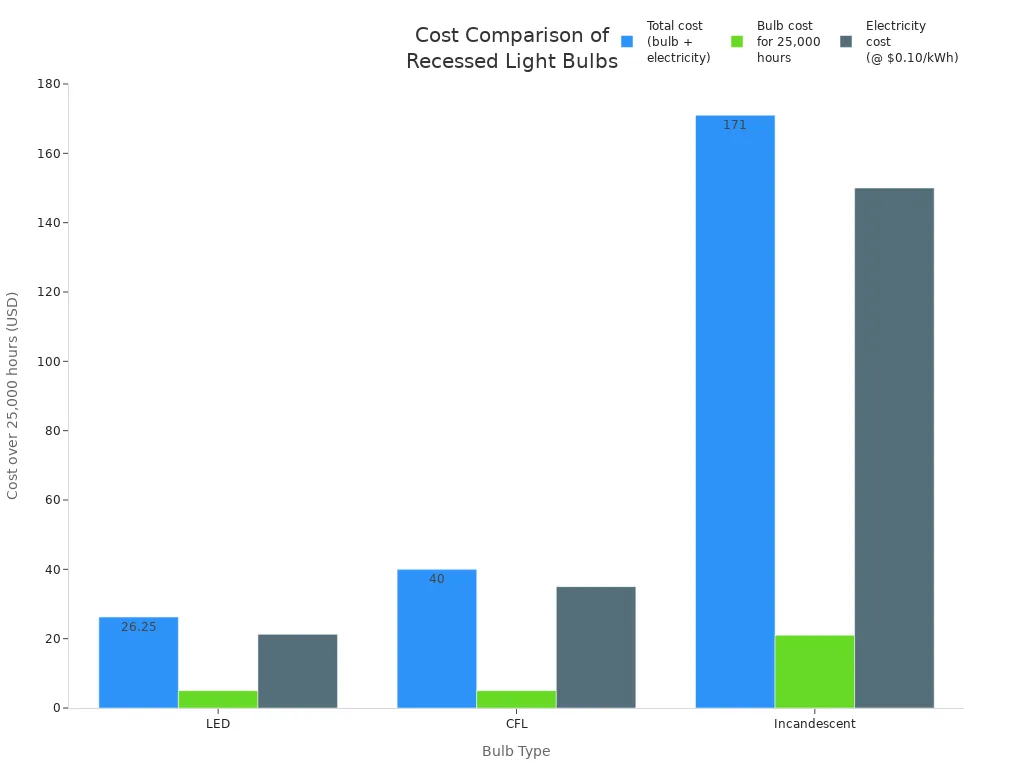
LED recessed light bulbs cost the least in the long run and need fewer changes. Smart recessed lighting makes it easy to control lights and adds value to homes. People save the most money in rooms where lights are on a lot.
Note: Utility rebates and special offers can make LED and smart lights cheaper, so homeowners get more value.
Recessed light bulbs are not all the same. They use different amounts of energy and last for different times. Some bulbs have special features too. The table below shows how LED and smart bulbs are better. They save more energy, last longer, and have more ways to control them.
|
Bulb Type |
Efficiency |
Lifespan |
Features |
|---|---|---|---|
|
LED |
High |
25,000+ hrs |
Dimmable, color options |
|
Smart LED |
High |
25,000+ hrs |
App, voice control |
|
Fluorescent |
Moderate |
7,000-15,000 hrs |
Mercury concerns |
|
Halogen |
Low |
~2,000 hrs |
Bright, gets hot |
|
Incandescent |
Low |
~1,000 hrs |
Warm glow, short life |
Modern recessed lighting helps save energy at home. It also lets people change lights easily. Homeowners should pick lights that fit each room. This makes rooms comfy and stylish. Smart lighting makes homes ready for the future.
FAQ
What is the difference between canless and traditional recessed lighting?
Canless recessed lighting has a thin fixture that goes right in the ceiling. Traditional recessed lighting needs a metal can to hold the bulb. Canless lights save space and are easier to put in.
How long do LED recessed light bulbs usually last?
LED recessed light bulbs can last more than 25,000 hours. You do not have to change them as often as old bulbs. This means you spend less time and money on new bulbs.
Can smart recessed lights change color and brightness?
Smart recessed lights let you change both color and brightness. Many smart lights have millions of color choices. You can also dim them for different moods or activities.
Are recessed lights safe for all ceiling types?
Most recessed lights work with drywall and drop ceilings. Always look at the fixture’s instructions before you install it. Some lights need special insulation or extra space.
Do recessed lights help save energy at home?
LED and smart recessed lights use less power than old bulbs. People pay less for electricity and bulbs last longer with these lights.

